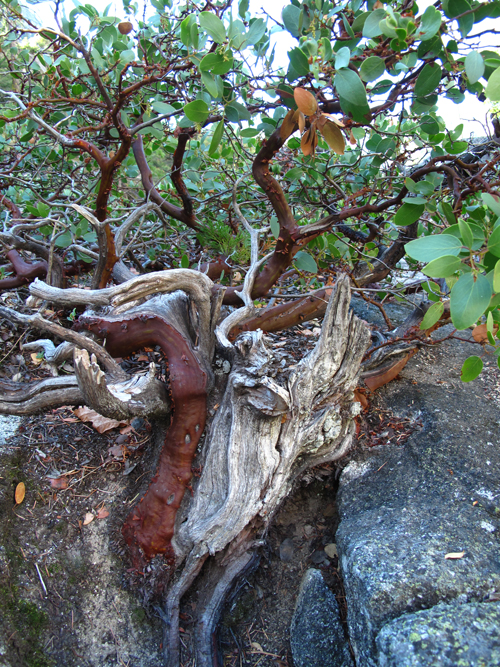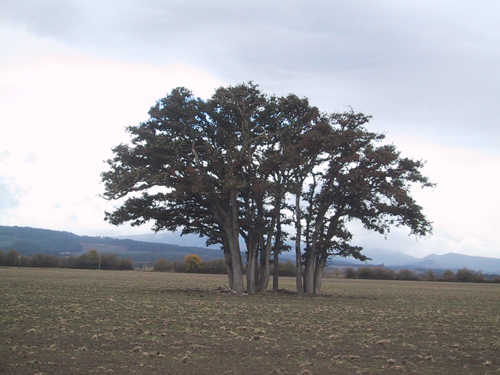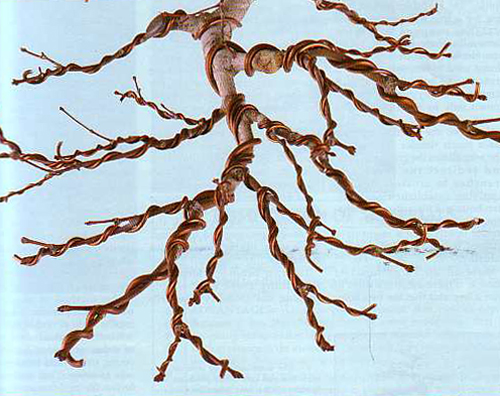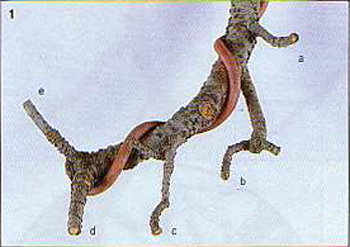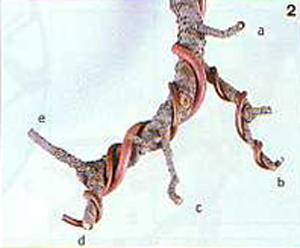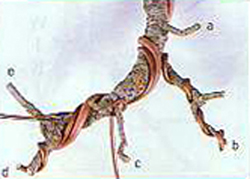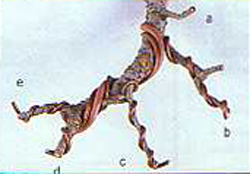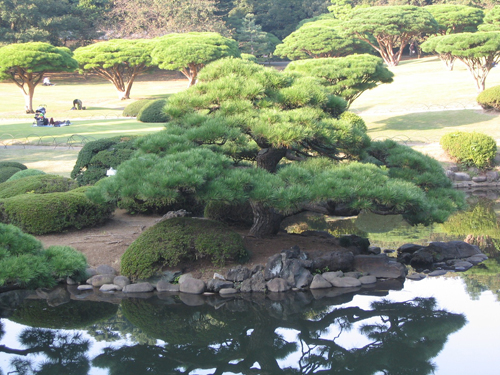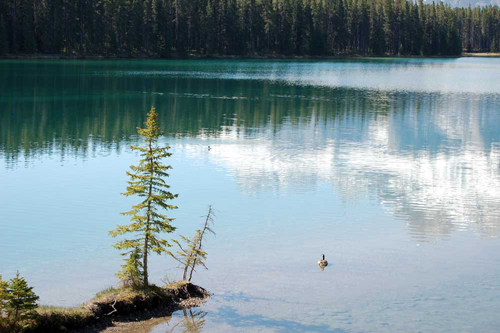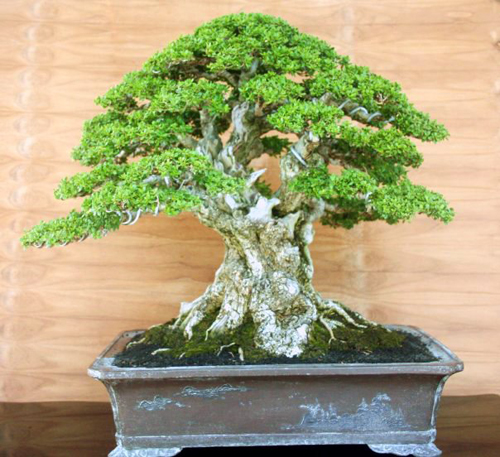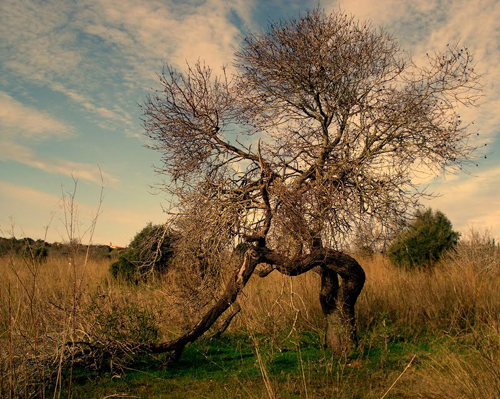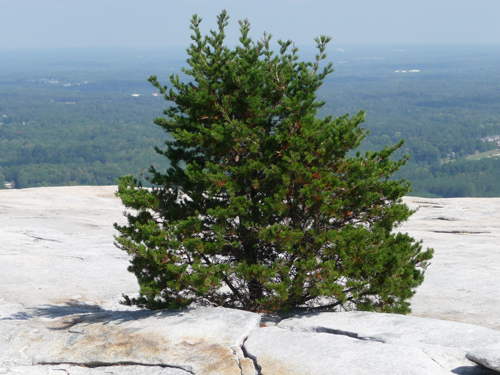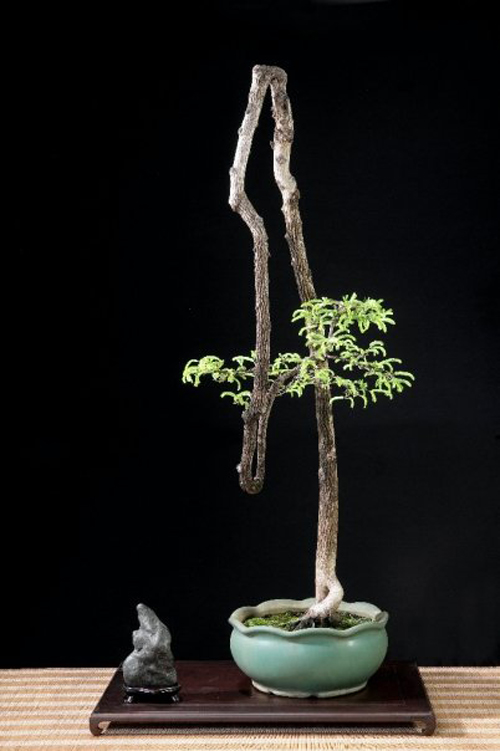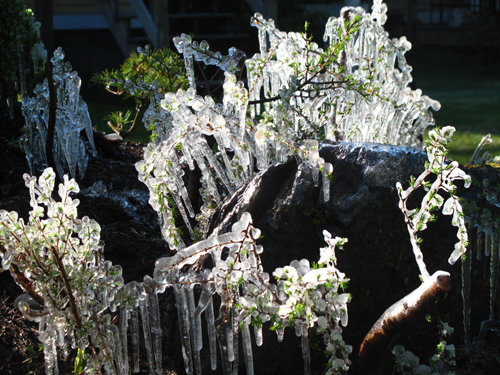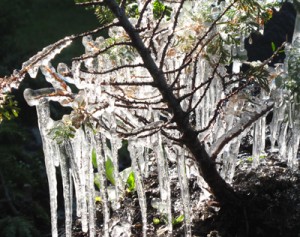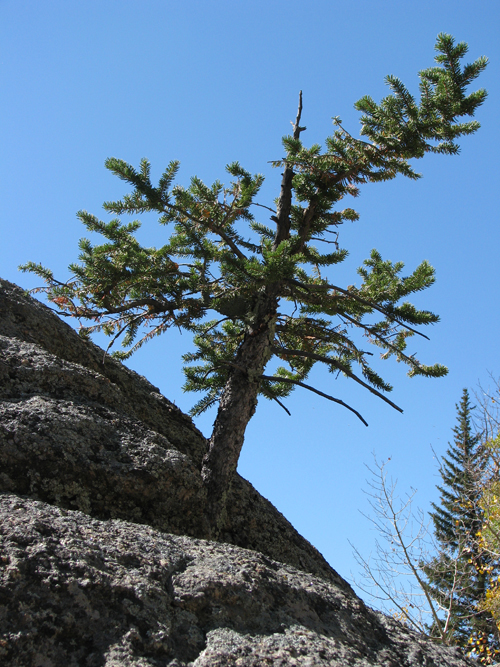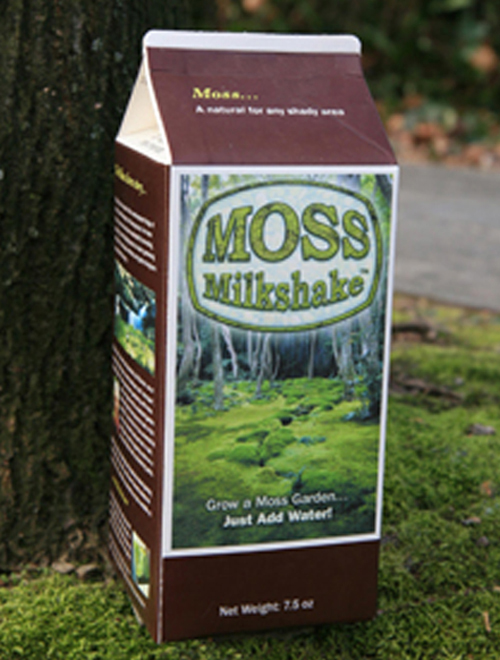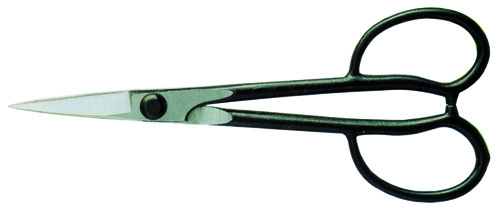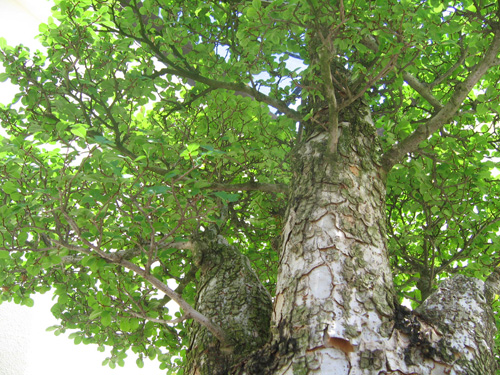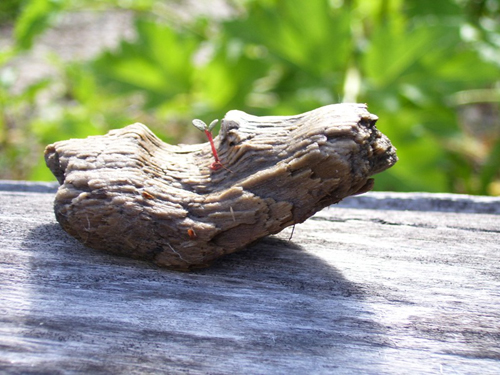
It’s the first of a five page series on ramification that we are running over two posts.
Ramification literally means branch development, or how branches growing. However, when it comes to the art of bonsai it has come to mean branch development that displays a couple key features: taper and fine branching. These features are critical when it comes to developing quality deciduous bonsai.
… but they also lose their shape rapidly. In other words, with the application of some precise pruning and pinching, you can create excellent fine branching on deciduous trees in just a few years. But it’s an on going process that requires continued precise pruning and pinching to maintain.
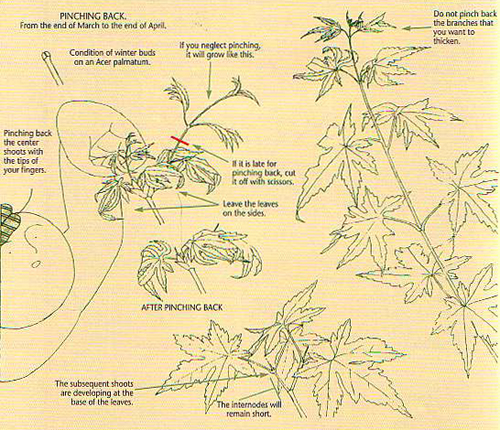
Pinching back. Notice that is it says the pinching back is done “from the end of March to the end of April.” Exactly when this should occur where you live, depends upon your climate (the original article is from somewhere around Tokyo, Japan; which is about the same latitude as Charlotte, NC). Here in northern Vermont it’s more like from mid to late May until mid to late June.
We’ll run the second installment sometime in the next few days. It includes a work calendar for deciduous trees.
Source: Bonsai Bark Read more!



